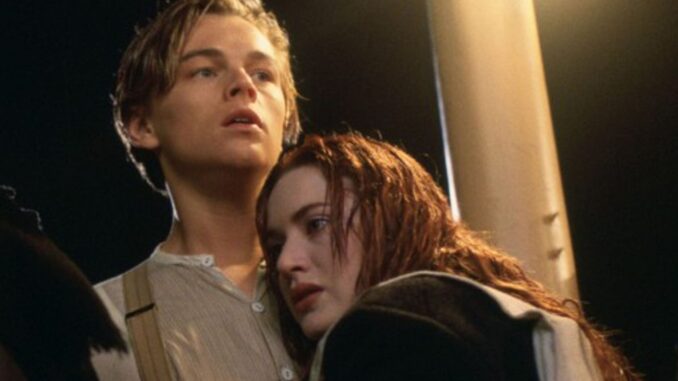
The Icy Grip of Regret: A Scenario Where Jack Rose Might Have Lived, According to James Cameron
James Cameron, the cinematic architect of the Titanic’s tragic romance, has been haunted by the question that has lingered on the minds of millions: Could Jack have survived? While he has long maintained that Jack's death was narratively necessary, recent scientific testing and his own revisited analyses offer a tantalizing, albeit heartbreaking, "what if" scenario. This essay explores one way Jack, through a convergence of circumstance and calculated action, might have cheated fate and emerged, shivering but alive, from the icy embrace of the Atlantic.
The crucial point, according to Cameron, lies in buoyancy. The floating debris, the infamous door panel, was buoyant enough to support one person entirely out of the water. The film shows Jack and Rose clinging to the panel, Rose supported, Jack submerged save for his upper chest. The fatal mistake, as Cameron’s science has illuminated, was that neither attempted to leverage the panel to support them both.
Our hypothetical survival scenario hinges on this understanding. Imagine, in the panicked moments after the Titanic’s final plunge, Jack's initial focus remains the same: finding Rose. But instead of instinctively pulling her onto the floating panel, he assesses the situation with a newfound, desperate clarity. He recognizes the danger of prolonged exposure to the frigid water. He remembers the chilling screams, the rapidly weakening bodies. Survival, he realizes, depends on getting as much of their bodies out of the water as possible.
He instructs Rose, his voice raspy with cold, to remain calm. "Rose, listen to me. We need to work together. This board…it can hold us both if we use it right." He then begins a calculated maneuver. Instead of simply hoisting her onto the board, he guides her to the edge, instructing her to kick and push off the debris while he, submerged up to his neck, maneuvers the panel beneath her. This would shift the weight distribution, testing the panel’s limits. They might bob and struggle, the frigid water biting at their exposed skin, but they would be working together, actively fighting for their survival.
Once Rose is safely positioned, mostly out of the water, Jack then employs a technique borne from desperation and a basic understanding of physics. Instead of clinging to the side, he uses his remaining strength to kick his legs, propelling himself slightly upwards. He wedges his arms, elbows bent, onto the edge of the panel, using his arms to push himself higher. This isn't a comfortable position; it's an excruciating battle against gravity and hypothermia. But it gets his torso and chest partially out of the water, significantly reducing heat loss.
The crucial difference here is not just buoyancy, but shared effort. Rose, now partially sheltered, can focus on conserving energy. She can use her hands to secure Jack’s position, offering him small but vital assistance. She can talk to him, keep him awake, distract him from the encroaching numbness. Their shared struggle becomes a lifeline, a mutual commitment to survival.
The scene that follows wouldn’t be any less harrowing. Shivering uncontrollably, muscles cramping, Jack would face the relentless onslaught of the icy water. He would be in constant pain, his vision blurring, his mind slipping into the hazy grip of hypothermia. He would see the lights of distant ships, hear the faint cries of other survivors, and struggle to maintain consciousness. But the key difference is that he would have a fighting chance. The reduced exposure, combined with Rose's support, would buy him precious minutes, perhaps even hours.
Finally, the Carpathia would appear, a beacon of hope cutting through the pre-dawn darkness. The rescue would be brutal, a jarring transition from frigid water to the relative warmth of the ship. Jack would be hauled aboard, barely conscious, his body a frozen shell. He would require immediate medical attention, likely enduring weeks of recovery.
This scenario, while plausible, doesn't guarantee a happy ending. Jack would be forever scarred, physically and emotionally. He would bear the weight of the tragedy, haunted by the faces of the lost. The joyous reunion envisioned in the film would be replaced by a stark reality: a survivor's guilt that would forever color his perception of the world.
Ultimately, this "what if" scenario, illuminated by Cameron’s revised understanding, offers a glimpse into a possible reality, a testament to the human capacity for ingenuity and resilience even in the face of unimaginable horror. It underscores the devastating consequences of the Titanic’s tragedy, while also highlighting the power of shared struggle and the enduring strength of the human spirit. It is a bittersweet reminder that even in the darkest of hours, a little bit of physics and a whole lot of love can make all the difference. But perhaps, the most poignant truth remains: Sometimes, even the most valiant efforts aren't enough to defy the cruel hand of fate.
